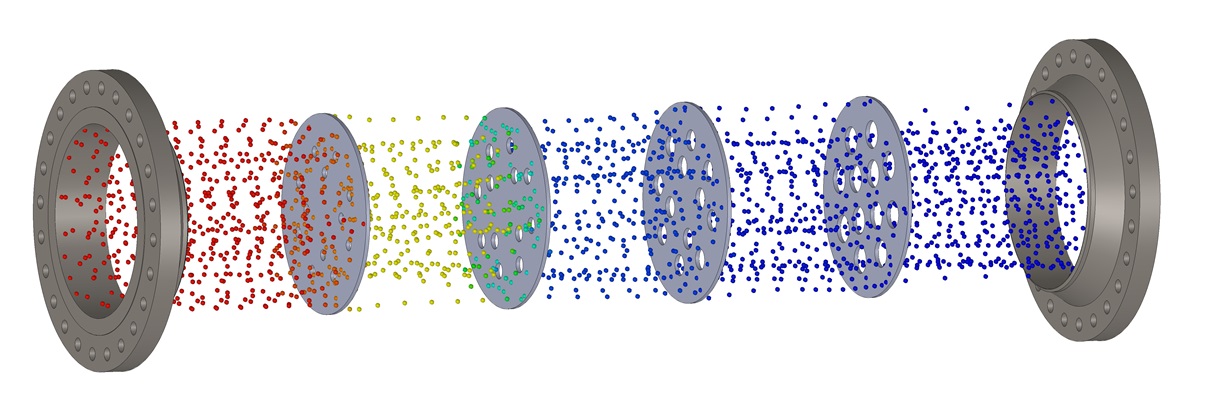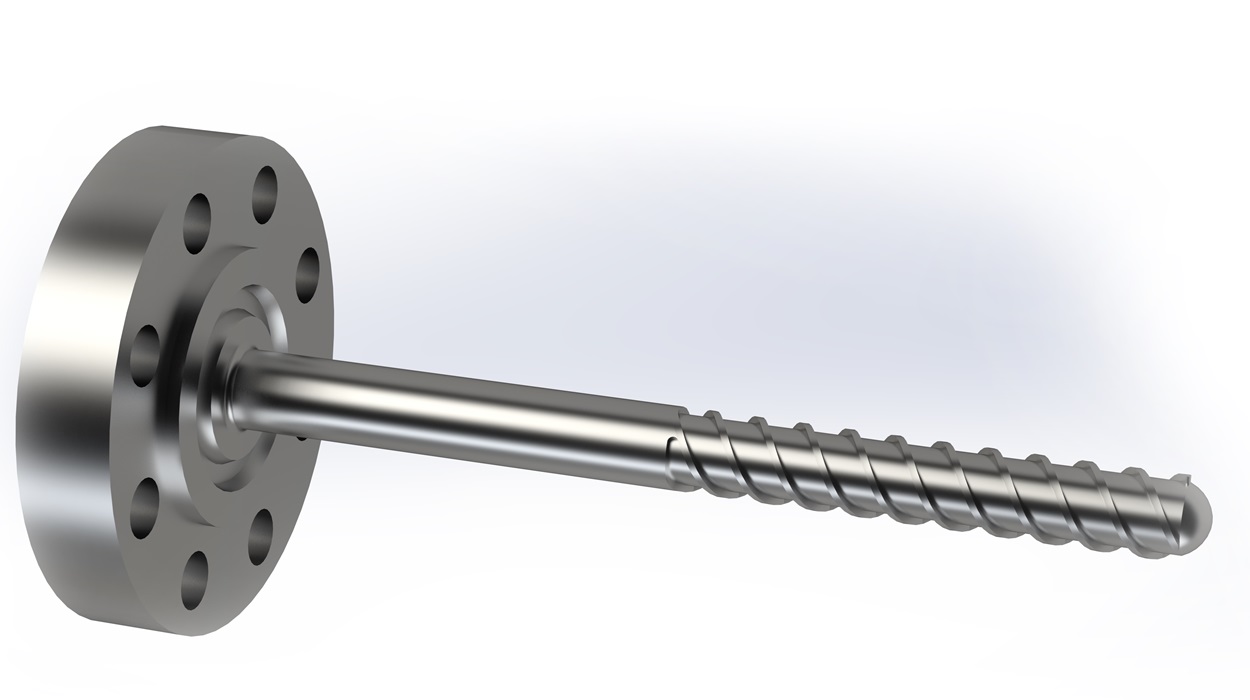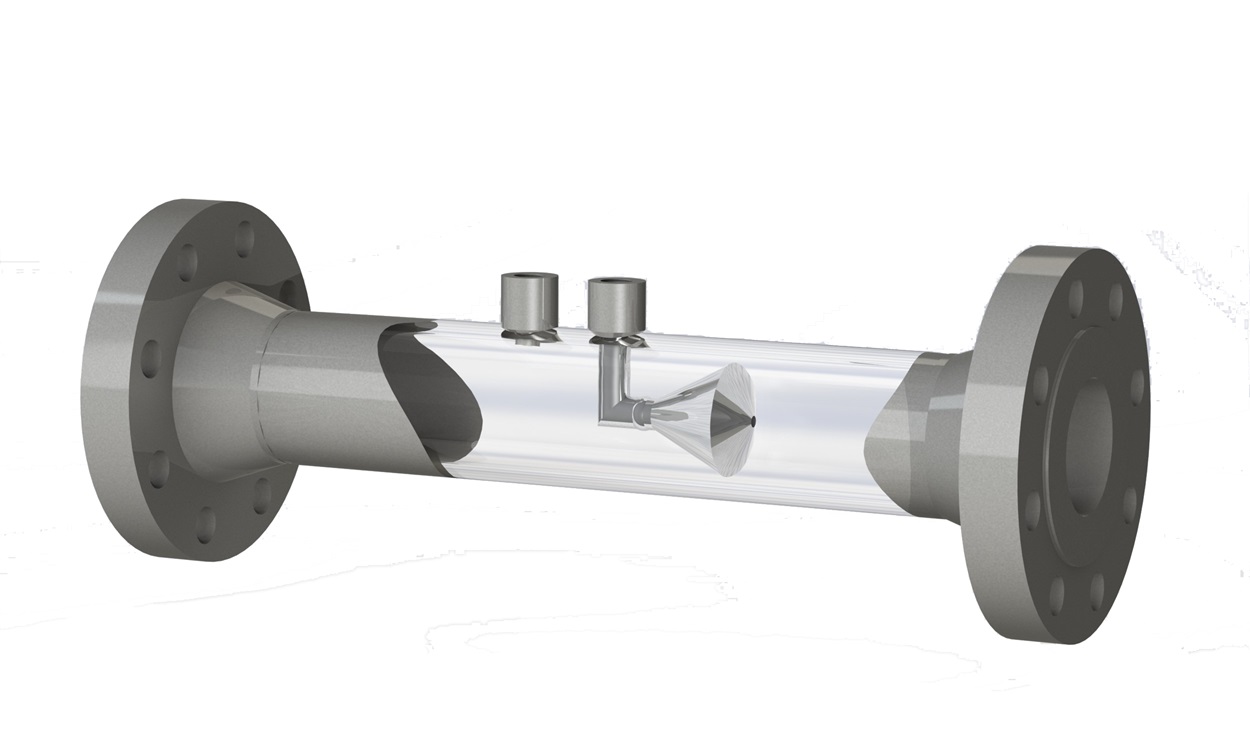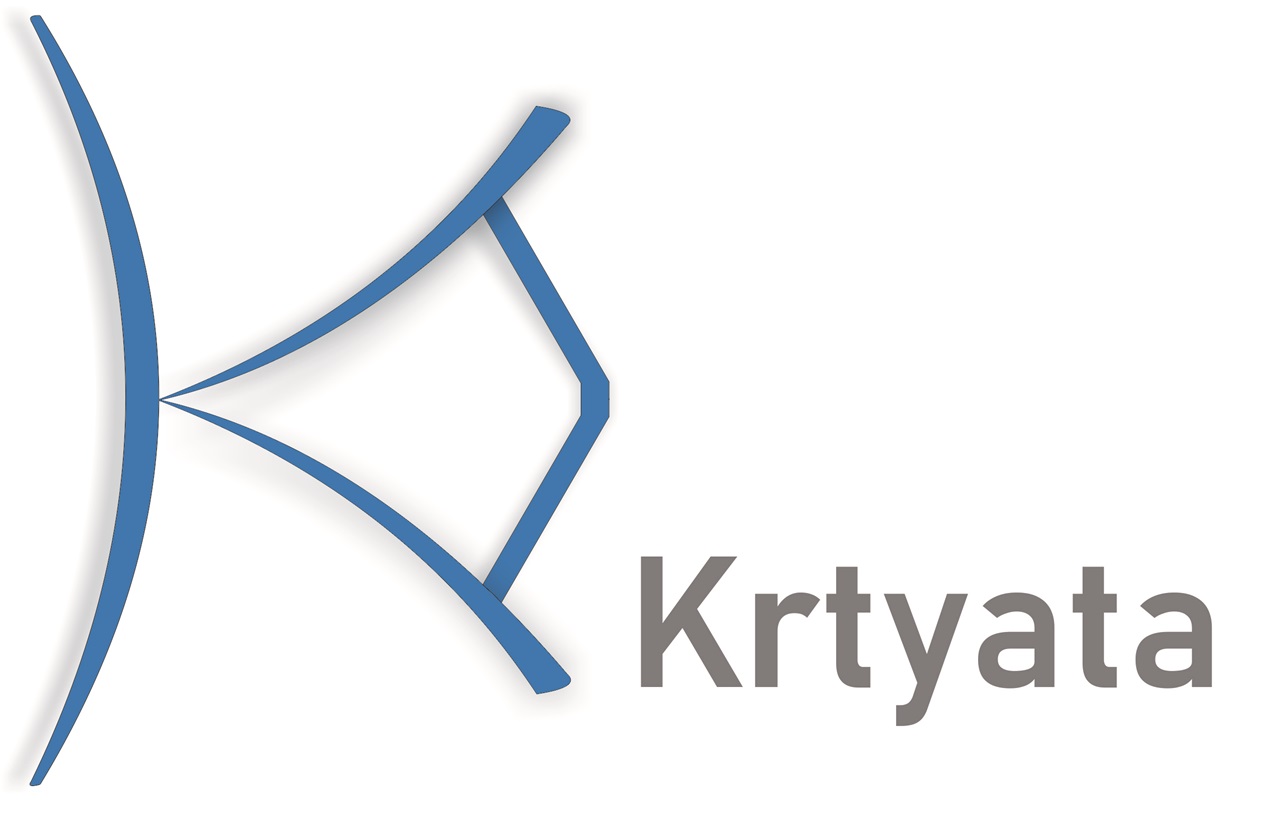
We provide comprehensive Finite Element Analysis (FEA) services to help clients tackle complex mechanical engineering challenges and thermal analysis issues, delivering optimized and efficient engineering solutions. Our expertise spans a wide range of FEA consulting services, including thermal analysis, fatigue analysis, stress analysis, vibration analysis, and pressure analysis on fluid-carrying structures. By leveraging advanced simulation tools, we ensure precise results and robust designs that meet industry standards and client requirements.
In addition to FEA, we offer Computational Fluid Dynamics (CFD) services, a powerful numerical simulation technique used to analyze and solve problems involving fluid flow. CFD enables accurate prediction of flow behavior, pressure distribution, heat transfer, and turbulence, providing valuable insights for system optimization.
Our FEA and CFD services are applicable across industries such as automotive, aerospace, energy, and manufacturing. By integrating these advanced techniques into the design and development process, we help clients reduce costs, improve performance, and minimize time to market. Whether addressing structural integrity or fluid dynamics, our solutions are tailored to meet specific project needs, ensuring high-quality results that enhance product reliability and operational efficiency.
FEA Analysis on Helical Thermowell

Finite Element Analysis (FEA) is a critical tool for evaluating the structural and thermal performance of helical thermowells, which are specialized components used to protect temperature sensors in industrial processes. The unique helical design of these thermowells enhances their strength and reduces the risk of resonance-induced failures in high-flow environments, making them ideal for applications in industries like oil and gas, chemical processing, and power generation.
FEA analysis on helical thermowells involves simulating various operating conditions, including fluid-induced forces, pressure, temperature variations, and vibration. The primary objectives are to assess structural integrity, ensure compliance with industry standards such as ASME PTC 19.3 TW, and optimize the design for performance and durability. Key parameters analyzed include stress distribution, natural frequencies, deformation, and vortex profile evaluation.
The analysis begins with creating a detailed 3D model of the helical thermowell, incorporating accurate material properties and boundary conditions. Fluid-structure interaction (FSI) simulations are often performed to evaluate the effects of dynamic fluid forces.
By utilizing FEA, potential design issues such as stress concentrations, excessive vibration, or thermal deformation can be identified and mitigated early in the development process. This approach not only ensures the reliability and safety of the thermowell but also helps in optimizing the material usage and reducing manufacturing costs.
FEA analysis of helical thermowells provides engineers with valuable insights into their performance under real-world conditions, enabling the development of robust and efficient designs that meet stringent operational requirements while minimizing the risk of failure.
Cone Meter Structural Analysis

Cone flow meters are extensively utilized across industries to measure fluid flow in pipelines due to their robust design, high accuracy, and suitability for applications with shorter straight pipe lengths. To enhance their performance and ensure mechanical integrity, Finite Element Analysis (FEA) and Computational Fluid Dynamics (CFD) are crucial tools during the design and validation stages.
FEA and CFD simulations are employed to optimize the flow meter's design and functionality. Fluid-structure interaction (FSI) simulations play a key role in analyzing the pressure distribution on the cone structure, helping identify areas where stress concentrations may occur. This enables engineers to optimize the design to prevent potential structural weaknesses.
Modal analysis using FEA is conducted to assess the natural frequencies of the flow meter structure, providing insights into the potential for vibration-induced failures (VIV). This step is essential in ensuring the meter’s ability to handle fluid flow without compromising its structural integrity. Additionally, harmonic response analysis, based on FEA, evaluates the amplitude of structural vibrations and the associated stresses to predict how the cone will respond under different fluid flow conditions.
Both FEA and CFD are invaluable in refining the design, improving the performance, and ensuring that cone flow meters can operate effectively and reliably under varying conditions. These analyses lead to enhanced accuracy in flow measurement, reduced energy losses, and prolonged service life for flow meters.
